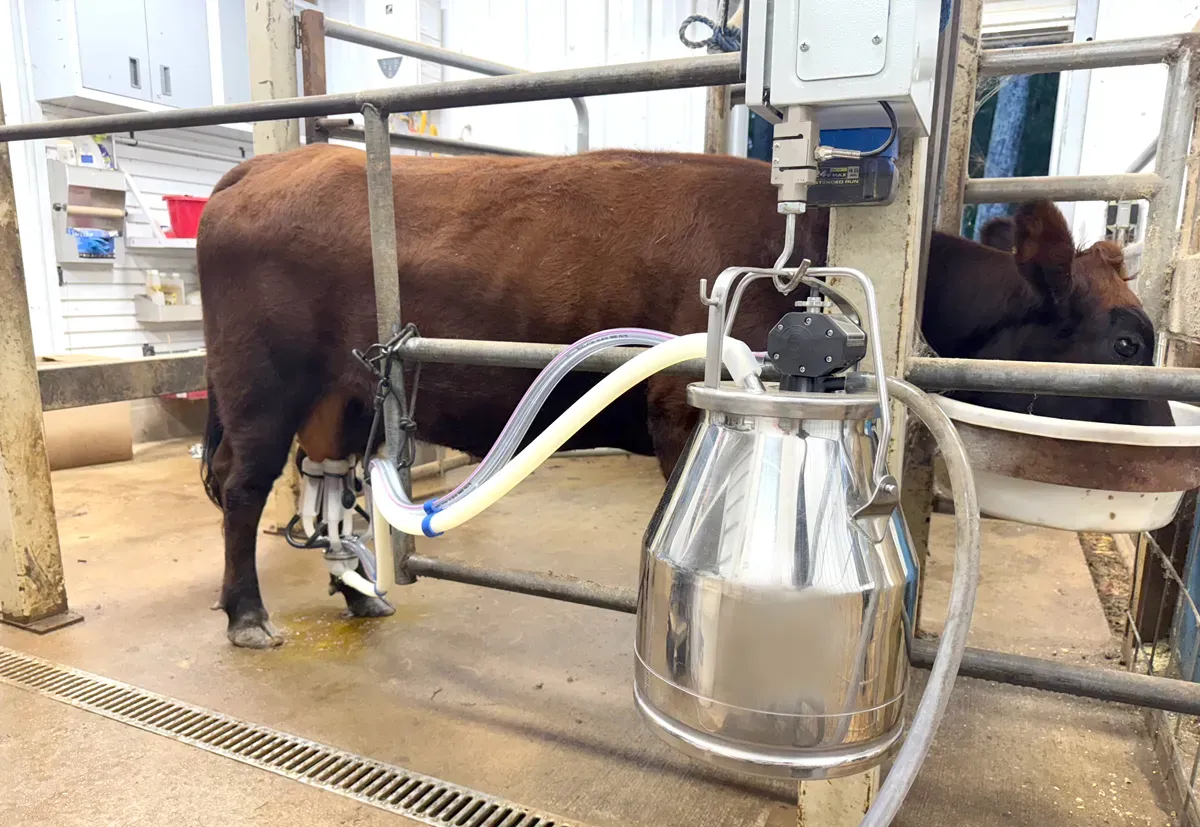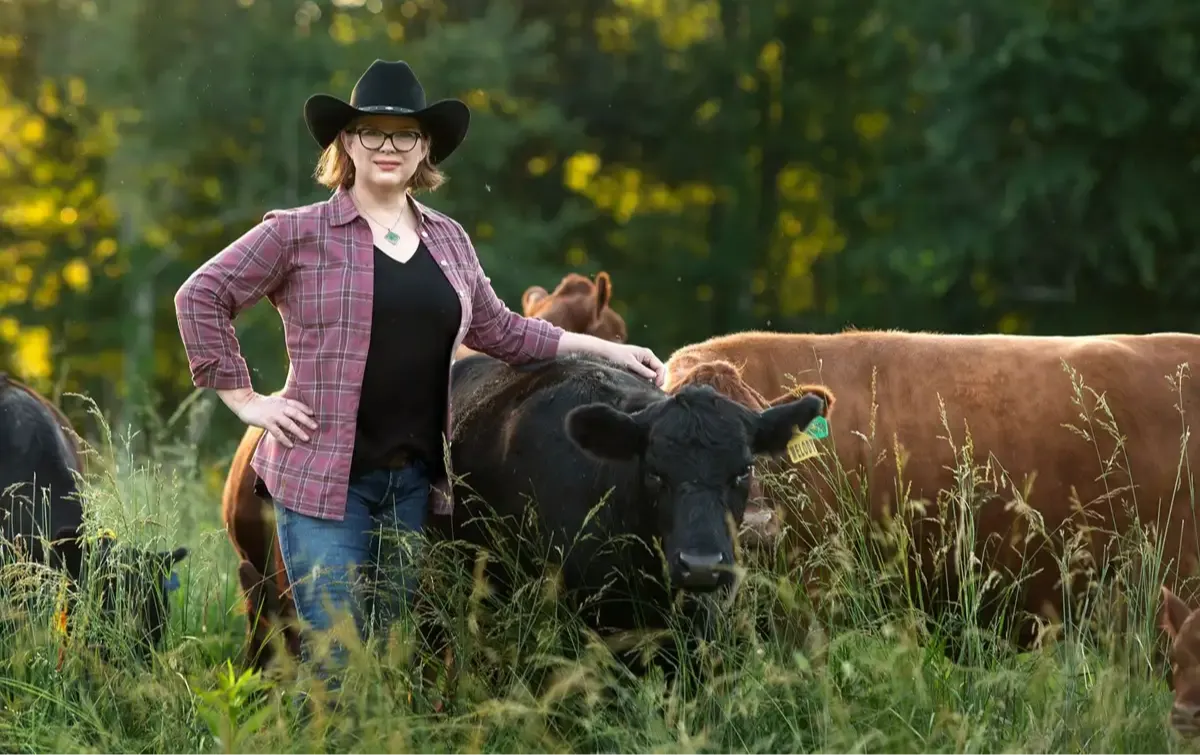Farm-Fresh Raw Milk in Tennessee
From our Dexter Cows · Machine-Milked for Safety & Consistency
At Mountain Heritage Farm in Cannon County, Tennessee, we provide raw milk from our carefully raised Dexter cows. Our herd is milked with modern equipment to ensure both cleanliness and consistency. We are one of the few farms in the U.S. that transparently shares live lactation data. Families choose our milk for its rich flavor, digestibility, and the trust we’ve built through open, honest farming.
Join the Waiting ListWant to know exactly how we handle, test, and track our milk? Read more on our Raw Milk Transparency page.
Fresh raw milk in our stainless steel bulk tank, handled with care at Mountain Heritage Farm.
Why Families Choose Our Raw Milk

Dexter Cows = Digestibility
Dexter milk is naturally rich and creamy, yet gentle on the stomach. Even families who believed they could only drink A2/A2 milk enjoy Dexter milk without discomfort.

Sanitary Machine Milking
We use modern milking equipment to ensure every drop is clean, safe, and handled with care — no open-bucket hand milking.

Transparency You Can See
We share live lactation data from each cow, along with regular milk testing and RAWMI educational resources. You’ll always know exactly what’s in your glass.

Small-Scale, Family-Run
Our Cannon County herd is raised with hands-on care. Each gallon comes from cows we know by name, not a commercial line.
These are the cows currently providing milk to our families ~ Updated Daily
How to Get Your Milk
Raw milk is sold by monthly herdshare, with limited spots available. Each share guarantees your family a steady supply of fresh Dexter milk each week.
- Price: $7 per half-gallon (sold by the share, billed monthly)
- Pickup Location: Mountain Heritage Farm, Short Mountain Area of Cannon County, TN
- Pickup Days/Times: We try to be flexible but prefer NO Sunday pickups.
- Availability: Limited herdshares available — once they’re gone, they’re gone
Join the Waiting List
Raw Milk FAQ
Is raw milk legal in Tennessee?
How long does raw milk last?
How do you make sure the milk is safe?
Can my family really digest Dexter milk better?
How do I start?
Join the Herd Share Waiting List
We will let you know when a space has opened up.
